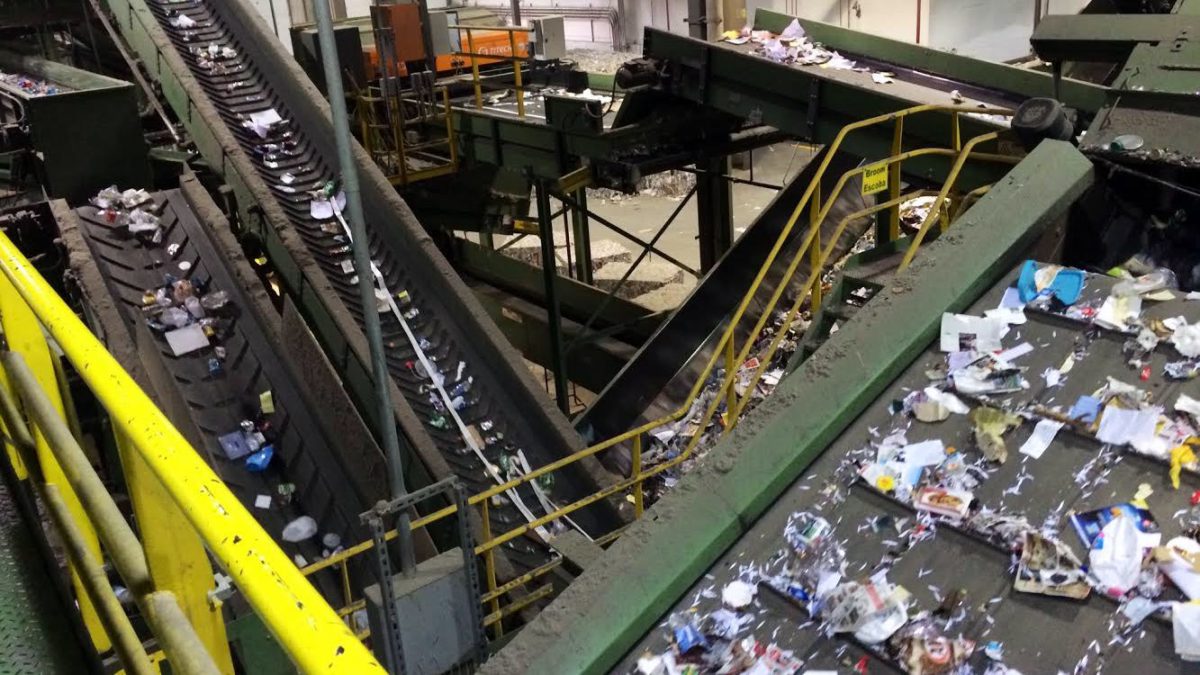Shifting from a mindset of waste management to sustainable materials management will require many industry actors to re-calibrate their definition of success from quick, one-time victories to extended time frames. Considerable differences exist across the vast United States with regards to handling of solid waste, policy incentives, infrastructure, access to services, and fees and penalties. This is a complex system with many gaps and will require collaborative and cooperative efforts to develop consistent services across a diverse population. Nobody is obliged to own the whole system but everyone along the path is obliged to participate fully for the system to work well.
While talking about material sustainability in the context of packaging, the conversation ultimately rest where the perceived focus sits – at the end of its useful life. In the discussions at SPC Advance in Minneapolis, Minnesota, we devoted significant effort on composting of food waste and food service packaging, on recycling infrastructure and access to collection and sorting services, on energy recovery, on labeling for recovery, and honest and meaningful marketing claims. All these conversations are ongoing themes within the packaging community and significant progress is anticipated in the coming years in the form of design for recovery, material innovations, impact measurements and data sharing, and collaborative efforts to raise awareness.
Conspicuously absent in this rich dialogue is the critical and desperate need to enhance the recovery infrastructure – access to compost facilities for organics (including some forms of packaging), balancing the portfolio of end of life treatments to include energy recovery, anaerobic digestion and pyrolysis for instance. This heady topic inevitably comes to a dead stop when ownership and responsibility enters the discussion. Almost instantly the conversations come to a crawl and the critical pieces of funding, policy advocacy, and ownership of traditional externalities associated with the management of the annual packaging waste generated are omitted.
There is a critical need at this juncture to expand the concept of design in a grand way to include mechanisms that answer the ongoing challenge of inconsistent, and at times, outdated material management solutions. It is illogical to innovate at the material and package/product side, and expect that rapid rate of development to be matched at the material collection and reclamation side because the two ends operate independently and under very different market and policy drivers. Designing a well-rounded material recovery technology portfolio hinges on a critical need for funding and policy instruments that support innovations in material manufacturing and end of life collection. Such efforts must put the focus on material development and material stewardship with an eye for the big picture and long term viability through improved material management options.
Industry with its e-NGO and government agency partners have to come together and develop a working plan to support sustainable materials management. Those who benefit directly must rise to the occasion and secure the seed funding to cover a reasonable fraction of the costs of leveling the recovery playing field. One such example is represented by the Closed Loop Fund, a collaborative approach to make funds available via loans for the development of recovery services.
This is a laudable kick-start program and likely much more will be needed to accommodate deficiencies among population centers across the United States. A material consumption system where recovery is entirely externalized to municipalities is inherently unsustainable. With packaging inextricably tied to efficient and effective recovery, maintenance of this status quo system limits the overall progress for material sustainability in all material categories across all population centers across the country. And, product and package sustainability claims remain tenuous at best since the system is far from being sustainable.
Learn more about material recycling at How2Recycle.info | U.S. EPA’s Solid Waste Site |
Categories
Funding for Material Recovery Services: A Critical Piece for Packaging Sustainability


